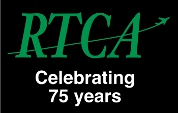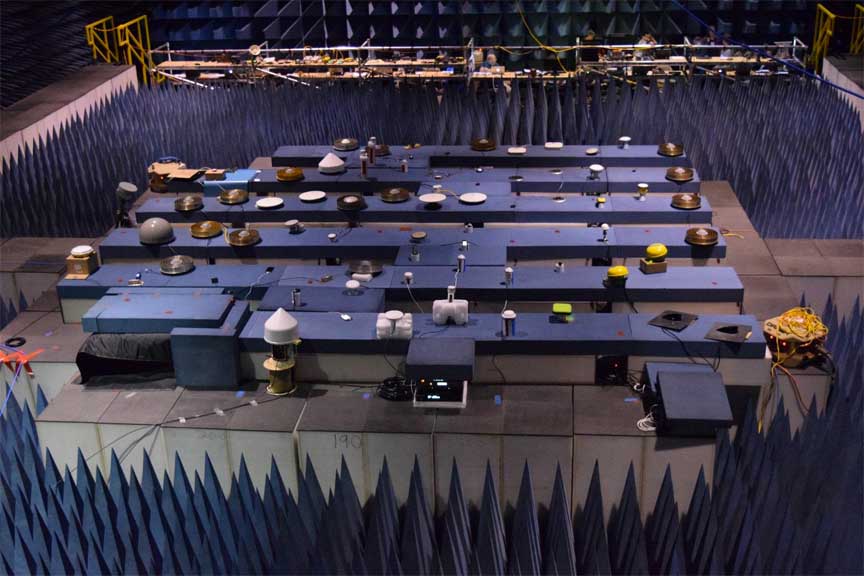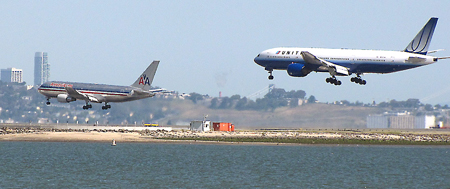
The Federal Aviation Administration (FAA) is expected to ask its top advisors on signal interference to help map out the allowable power limits for applications using frequencies close to those used by the satellite navigation community.
The Federal Aviation Administration (FAA) is expected to ask its top advisors on signal interference to help map out the allowable power limits for applications using frequencies close to those used by the satellite navigation community.
The assignment is part of an effort to develop spectrum interference standards aimed at maintaining the current protections for GPS receivers while opening under-used spectrum bands to a wider variety of applications. This study, however will take the research a step further. The FAA will also ask the RTCA to determine if it is practical to build more interference-tolerant receivers.
RTCA, Inc., a private, not-for-profit corporation that functions as a Federal Advisory Committee, The RTCA Special Committee 159 (SC-159) works specifically on GPS issues.
Ken Alexander, navigation team leader for the FAA’s Aviation Safety Aircraft Certification Service, told members of SC-159 that approval for the research is pending but his agency would likely formally request the study in about a month.
The FAA is seeking recommendations on power limits that would be “based on the offset frequencies.” That is, the power limit determinations should take into account how far away the frequency is from the GPS band.
The FAA is taking a very broad view on what signals should be studied and is seeking power limit information as it relates to all current and planned GPS signals and to current and future signals from other GNSS constellations
The study, which may take up to three years, would be split into two areas of research that the group would tackle concurrently. The first, to take about a year, would look at power limits involving the GPS signals and current receivers —particularly aviation receivers, which are well defined. The second would look at GNSS signals, multi-constellation receivers, and a variety of design tradeoffs including possible exclusion zones where GPS would not be available.
To limit the number of potential scenarios, cooperation will be needed from the National Telecommunications and Information Administration (NTIA), the agency that coordinates government uses of the spectrum. Alexander said that NTIA will need to tell the RTCA what kind of signals are involved — for example, broadband versus cell phone signals, signal structures, and where equipment is located. The group is to evaluate a variety of scenarios taking into account things such as the number of transmitters in a given area.
The RTCA will also likely be asked to determine if it will be possible to build receivers that are more resistant to interference. The group would be tasked, he said, with developing a receiver interference mask, weighing advances in receiver/filter/antenna technology and determining if new, more interference-resistant receiver designs will be “practical.”
This task appears to come close to studying receiver standards — an approach that has been getting support from at least one member of Congress, experts on the President’s Council of Advisors on Science and Technology and the Federal Communications Commission.
“Improvements in wireless receivers are also essential, so we can place services more closely together on the spectrum chart without interference,” FCC Chairman Julius Genachowski told an audience at the Wharton school of business earlier this month.
Although the idea for receiver standards has been around a long time, the concept was infused with new life during the brawl last year over LightSquared’s proposal to build a high-powered wireless broadband network.
The LightSquared project was put on hold after tests showed it would cause debilitating interference to GPS receivers. During the prolonged debate, tests conducted by the RTCA at FAA’s behest showed that LightSquared transmissions would cause serious interference to GPS aviation receivers. The very large number of GPS receivers already deployed and the expense of both replacing and integrating receivers adhering to a new standard has triggered opposition to the idea within the GPS user community.
Alexander was careful to note in his presentation that there is no policy for receiver standards, stressing that RTCA was looking to examine whether interference-hardened receivers were both “doable” and “affordable.”
Dee Ann Divis is an editor at the Washington Examiner in Washington D.C. She writes the Washington View column for Inside GNSS.





